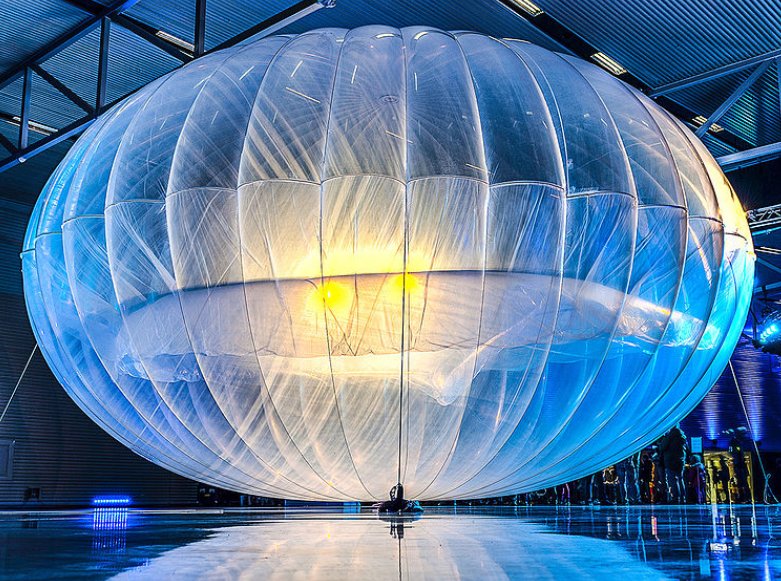Roughly 48 percent of the world’s population is without internet access. But the semi-secret research facility X, founded by Google in 2010, has a plan to bring that number down. Project Loon, a network of high-altitude balloons, is a scheme to bring internet access to rural and remote regions throughout the world.
It works like this:
X redesigned the essential parts of a cell tower, making them small enough and light enough to be carried by a balloon that is lifted by a lighter-than-air gas mixture. Project Loon balloons float in the stratosphere, about 20 kilometers (about 12.5 miles) up–well above airplanes and the weather. Solar panels power the equipment during the day and charge a battery to keep everything running at night.
The balloons navigate to areas that need internet access using a form of artificial intelligence that allows them to harness the power of layers of winds in the stratosphere.
The system is reliant upon ground stations connected to a local internet service provider for a signal. The signal is sent up to the balloon, which then can beam the signal down to the ground where people can connect to the internet using an LTE phone. The balloon also can pass the signal to other balloons arranged in a fleet, allowing the signal to be distributed over a wide area.
The project has been in the news recently because X is looking into ways to help restore internet access to Puerto Rico, which experienced catastrophic damage to its electrical grid and communications infrastructure after Hurricane Maria struck the island on Sept. 20. It may be a difficult task since Project Loon relies on existing, and functioning, telco networks.
But there is hope. Earlier this year, Project Loon helped to bring internet service to thousands in Peru who were affected by massive rains and flooding.







